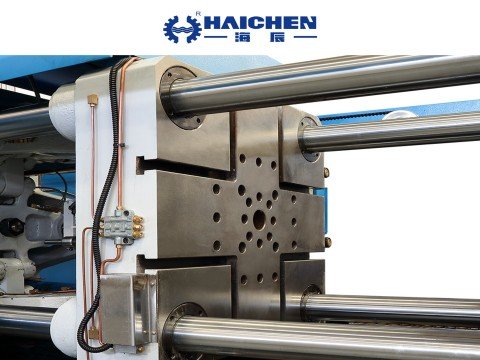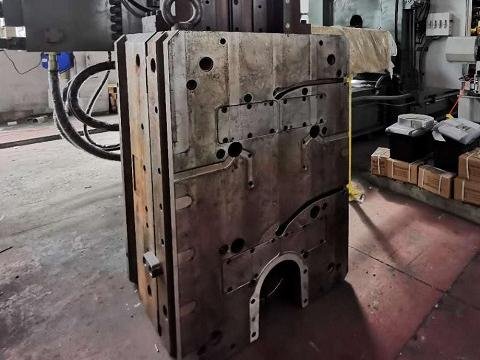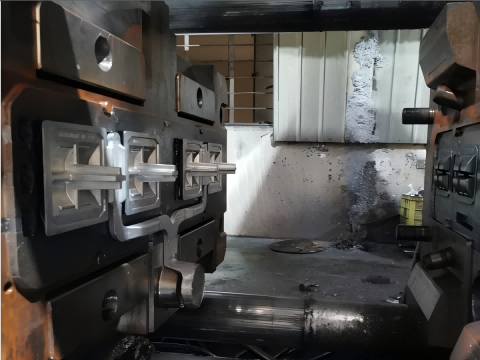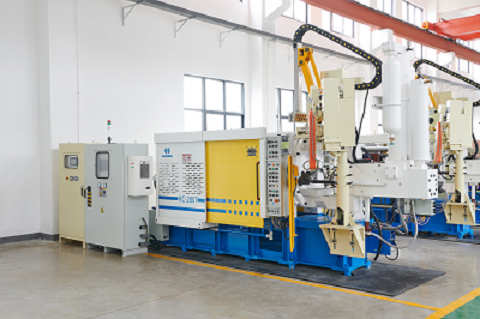Precision die casting is a manufacturing process that involves injecting molten metal into a precision mold under high pressure to produce parts with high accuracy, consistency, and complex geometries.
Precision die casting produces complex metal parts with tight tolerances and superior surface finishes through a highly specialized manufacturing process.
It is widely used in various industries, including automotive, aerospace, electronics. And consumer goods, due to its ability to create parts with exceptional accuracy and consistency.
In this article, we will delve into the detailed process of precision die casting and explore why it is such a crucial technique in modern manufacturing.

Design and Tooling
The first step in precision die casting is the design and creation of the mold, also known as the die. The die is typically made from high-grade tool steel and is designed to withstand the high pressures and temperatures involved in the casting process. The design of the die must be precise to ensure that the final part meets the required dimensions and tolerances.
HAICHEN, a leading die casting machine manufacturer, provides advanced tooling solutions to ensure high precision and durability. Our machines have state-of-the-art control systems that allow precise regulation of temperature and pressure, which is essential to achieving high-quality castings.

Material Preparation
We prepare the metal material, typically aluminum, zinc, or magnesium alloys, commonly used in precision die casting. We then melt the metal in a furnace and bring it to the appropriate temperature for injection. The choice of material depends on the specific requirements of the part, such as strength, weight, and corrosion resistance.
Injection
Once the metal melts, we inject it into the die under high pressure. We precisely control the injection process, regulating the speed, pressure, and temperature.
HAICHEN’s machines are designed to deliver consistent performance, ensuring that the molten metal fills the die cavity uniformly and quickly.

Cooling and Solidification
Once the metal is injected into the die, it starts to cool and solidify. We carefully manage the cooling process to prevent defects like porosity or shrinkage.
HAICHEN’s machines feature advanced cooling systems that ensure rapid and uniform cooling, resulting in high-quality castings with minimal defects.
Ejection and Post-Processing
Once the part has solidified, we eject it from the die. We carefully control the ejection process to prevent damage to the part. After ejection, the part may undergo additional post-processing steps, such as trimming, machining, or surface treatment, to achieve the final desired finish.
The process of precision die casting involves meticulous design, precise material preparation, controlled injection, and careful cooling and post-processing. Whether for automotive parts, aerospace components, or electronic housings, precision die casting remains a critical process in modern manufacturing.

As a leading manufacturer of die casting machines, Haichen is committed to providing advanced and reliable equipment, enabling our customers to achieve the highest levels of precision and efficiency in their production processes. By understanding the precision die casting process, manufacturers can leverage its advantages and create high-quality products that meet today’s market demands.



